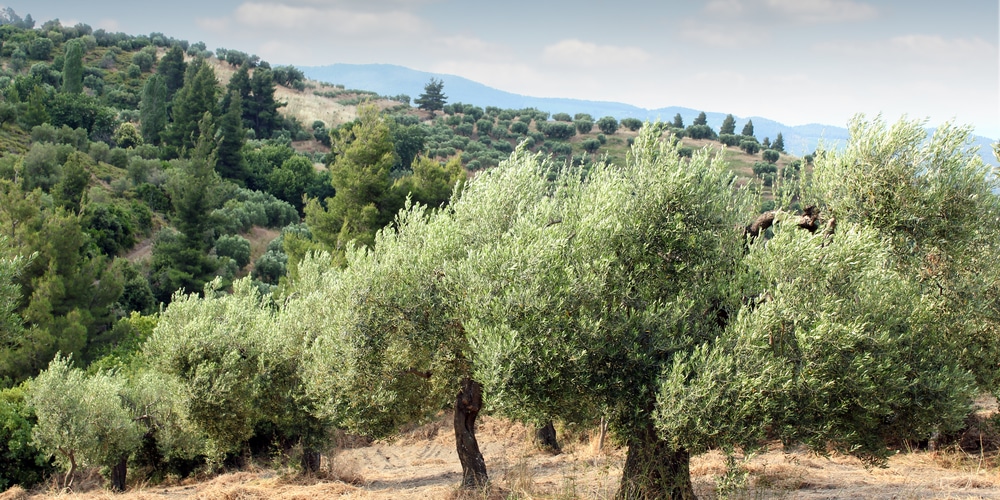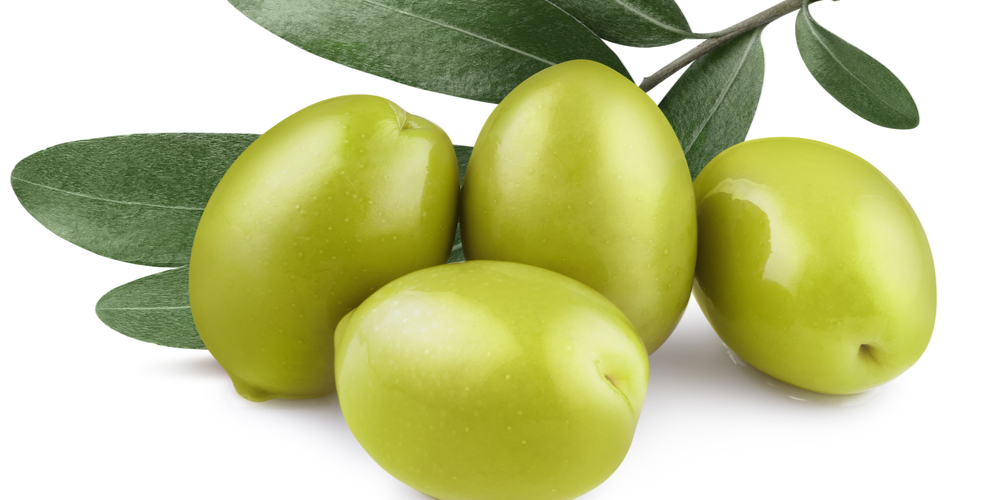With their attractive silvery foliage, olive trees make an excellent addition to any landscape. These self-pollinating plants remain evergreen and produce fragrant white flowers that eventually develop into renowned olive drupes. You may be wondering ‘can you grow olives in Florida?’
Quick Answer:
Florida has sandy, well-drained soil, lots of sun, and generally sufficient rainfall. This means it is olive-friendly.

If you live in Florida and are fascinated by the idea of growing olives, the good news is that olives thrive pretty well in Florida. Like much of the olive-friendly Mediterranean basin, Florida offers prime growing conditions for olives. What’s more, olive species that thrive in Florida are pest- and disease-resistant.
This post will comprehensively cover the subject of growing olives in Florida to help aspiring and veteran gardeners planning to grow olives plan accordingly.
Can you grow olives in Florida?
There is a lot of confusing information online about growing olives in Florida. Some texts claim that olives don’t grow in Florida, whereas others say that the Sunshine State is an olive-friendly place. So, which is correct?
Well, olives are native to the Mediterranean, Asia, and Africa. They need well-drained, sandy soil, full sunlight, and about 200 hours of winter temperatures below 45 degrees Fahrenheit to grow successfully. Florida has sandy, well-drained soil, lots of sun, and generally sufficient rainfall. This means it is olive-friendly.
For history’s sake, olive trees have been growing in Florida since the 1700s. They gift their caretakers with fabulous fruits and healthy oils, not understating the wonderment they add to landscapes.
Check this video out. This lady has been growing olive trees in FL for a long time. It provides a wealth of information:
Planting and caring for olive trees in Florida
Olives trees are evergreen, with beautiful silvery foliage. In Florida, they will bloom into white flowers anywhere between April and May.
While you can grow olive trees indoors as an ornamental, they will soon grow to be very large. Depending on the species, olive trees can grow up to 50 feet tall.
When it comes to planting olives, unless you are growing them in containers, it is advisable to plant your olive trees in an area about 3 feet in diameter free of unwanted vegetative growth. Otherwise, the olives will be competing for moisture and nutrients with other vegetation.
Here are to keep in mind when growing olive trees:
- Soil: Olive trees thrive in poor soil. Precisely, they grow best in sandy, well-drained soils. For best growth and fruit production, make sure to also plant olives in a site that receives at least six hours of sunlight. Importantly, nitrogen fertilization can cause too much shoot growth at the expense of fruit production.
- Watering: Olive trees are quite drought-resistant. As such, you don’t need to water them too often. If you’re transplanting an olive tree from a container, water it thoroughly until it establishes itself. From then, you can water your plant once every one to two weeks. Excessive watering or rain can make olive trees prone to root-rot disease and cause flowers to drop before they form fruits.
- Pruning: Pruning controls the height and increases airflow, reducing fungal disease. Even so, things may be different with olive trees. Olive trees usually produce fruits on the previous year’s growth, meaning new growth is essential each year for blooming and fruit production. That said, when it comes to pruning, you need to consider the impacts of pruning on flowering and fruiting, then prune as needed.
- Pest and disease control: If you are considering growing olive trees, the good news is that olives are relatively pest- and disease-free plants. All in all, caterpillars and grasshoppers can damage their leaves. To ensure your olive trees grow healthy and successfully, keep an eye on them and address any issues on time.
Importantly, while olive trees have been grown in the Sunshine state for about 300 years, there are concerns about whether there is enough cool weather for them to produce fruits. Too much rain also knocks the blooms off.
Generally, olives do well in full sunlight and sandy soil with excellent drainage. Most species and cultivars grown in Florida require minimal care once they establish themselves. They can endure temperature drops to 20 degrees Fahrenheit but will need to be protected when temperatures go below 20 degrees.
Flowering and fruiting
In Florida, olives bloom in April or may, producing white flowers that precede the fruit set. Unlike many other plants grown in gardens, olives are usually self-pollinating.
Successfully pollinated flowers turn into fruits.
Olive fruits start out as green and turn blackish-purple when fully ripe. However, this depends on varieties. Some olive fruits remain green all through, and others turn copper-brown.
Olive fruits can widely vary in size, shape, and flavors, with most varieties being bitter for eating right off the tree.
Varieties of Olives to grow in Florida
There are mainly three widely grown cultivars of olives in Florida. These include:
- Arbequina olives: Native to Spain, Arbequina is arguably the best olive variety suited to Florida gardeners. It is easily adaptable to different climates. Many gardeners like it because it grows fast, blooms early, and pollinates itself. Arbequina olive trees produce high-quality olives that you can eat fresh or brined. The fruits are also used to produce quite aromatic oil.
- Mission olives: Mission olive trees are hardy and versatile, making them ideal for gardeners who want something requiring little care. Unlike other varieties, they can tolerate temperature drops to 8 degrees Fahrenheit. They produce green fruits that turn black when ripe. Although they can be pressed into oil, mission olive fruits are great for eating.
- Manzanilla olives: This is yet another Spanish variety that grows well in Florida. When mature, Manzanilla is about 15 to 30 feet tall.
Other varieties to consider for Florida gardens are Arbisana and Koroneiki, but they won’t grow as tall.
Can you grow olives in Florida?: Conclusion
Olive trees are tough, hardy, and long-lived, boasting the ability to thrive in poor conditions. Although Florida doesn’t experience enough cool weather for olives to produce a lot, it is entirely possible to grow them here. Just make sure to choose a self-pollinating variety.
With their beautiful, silvery foliage and fragrant, white flowers, olive trees are a great option to consider for your gardening. If you take good care of them, you will also harvest their fruits, which you can eat fresh or press into olive oil.

